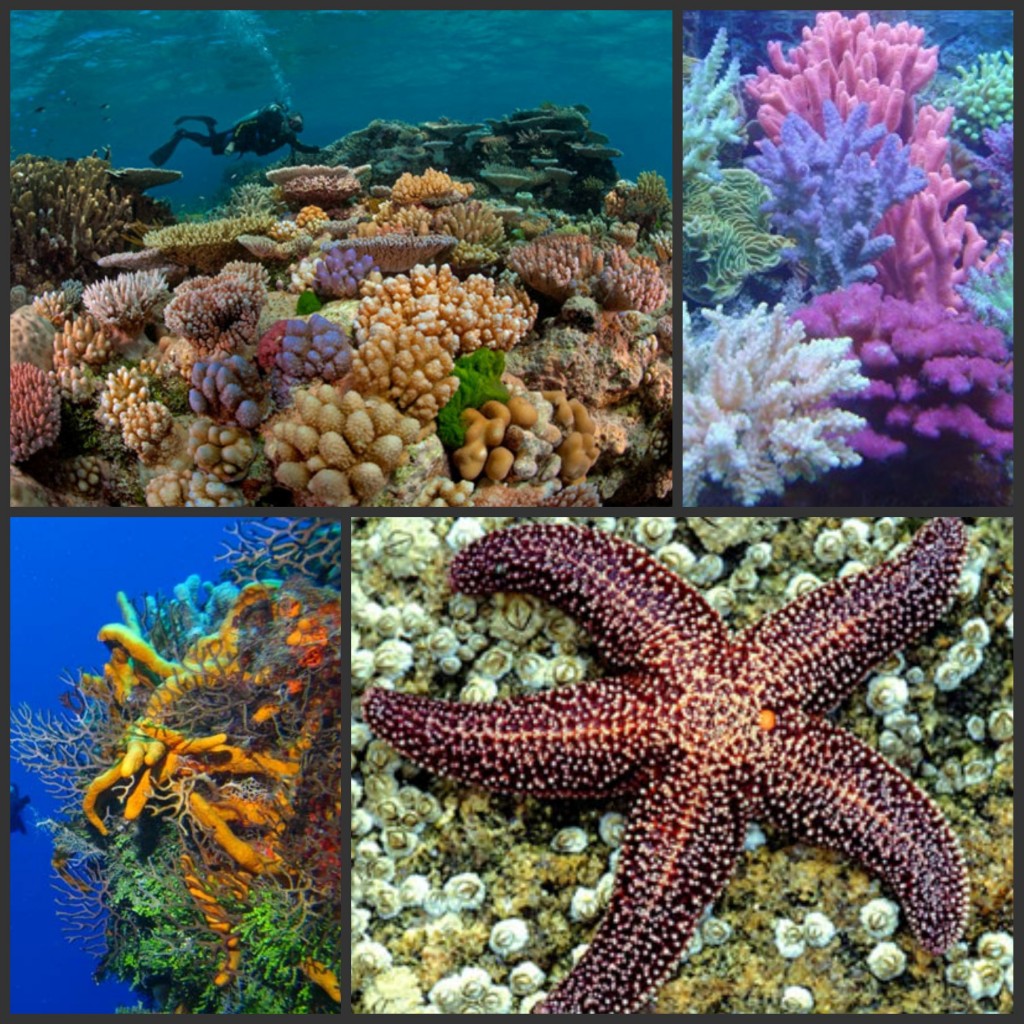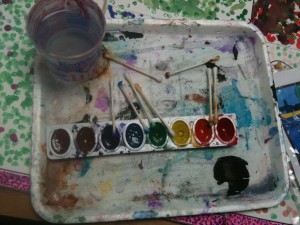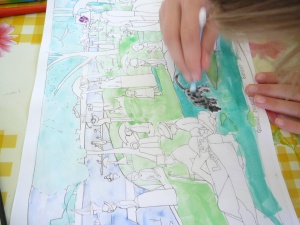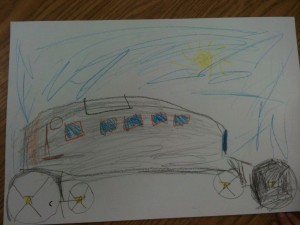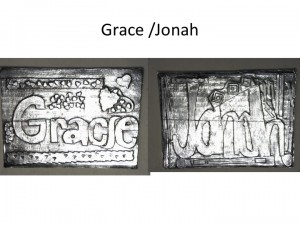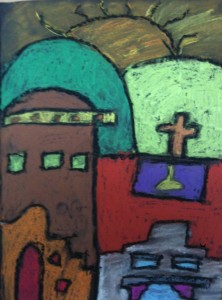
Fourth graders made chalk pastel drawings as a complement to their California history social studies unit. Allow two 40-minute classes.
Thinking about a successful, fun art project for a 4th grade California Mission lesson? Try this art project from Deep Space Sparkle, easily adapted for a California Mission project.
Materials:
- black, dark blue or purple construction paper
- chalk pastels
- black or dark blue oil pastel for outlining
- hair spray (or other fixative) to keep completed artwork from smearing
Examples of completed 4th grade student work:
Deep Space Sparkle has all the instructions and a downloadable drawing aid for adobe architecture. You may want to print out this California mission coloring page to use as a Mission drawing aid.
This art project fit in beautifully for our school’s annual 4th grade California history field trip. This year: Rancho Buena Vista Adobe. In past years: Mission San Juan Capistrano.
Tips:
Don’t let students blow excess pastel color. During class, provide a piece of newspaper so they can tap off the excess.
After class, I washed down the tables with a bucket of plain water and a large sponge. Expect to change the water and rinse the sponge out after just a few tables – they get really dusty – but it is worth it for such a successful project.
The completed artwork will smear unless you spray it with a fixative (I use ordinary unscented Aqua Net hairspray from the drugstore). Please spray the artwork outside!
UPDATE: New Photo tour of Mission San Diego de Acala! Full color photos of Mission San Diego PLUS PHOTOS OF REAL SIGNAGE from the exhibits. A great resource for your classroom, Mission San Diego field trip or mission project. Just $5 each. Click here for Mission San Diego PowerPoint. Click here for Mission San Diego Keynote.









